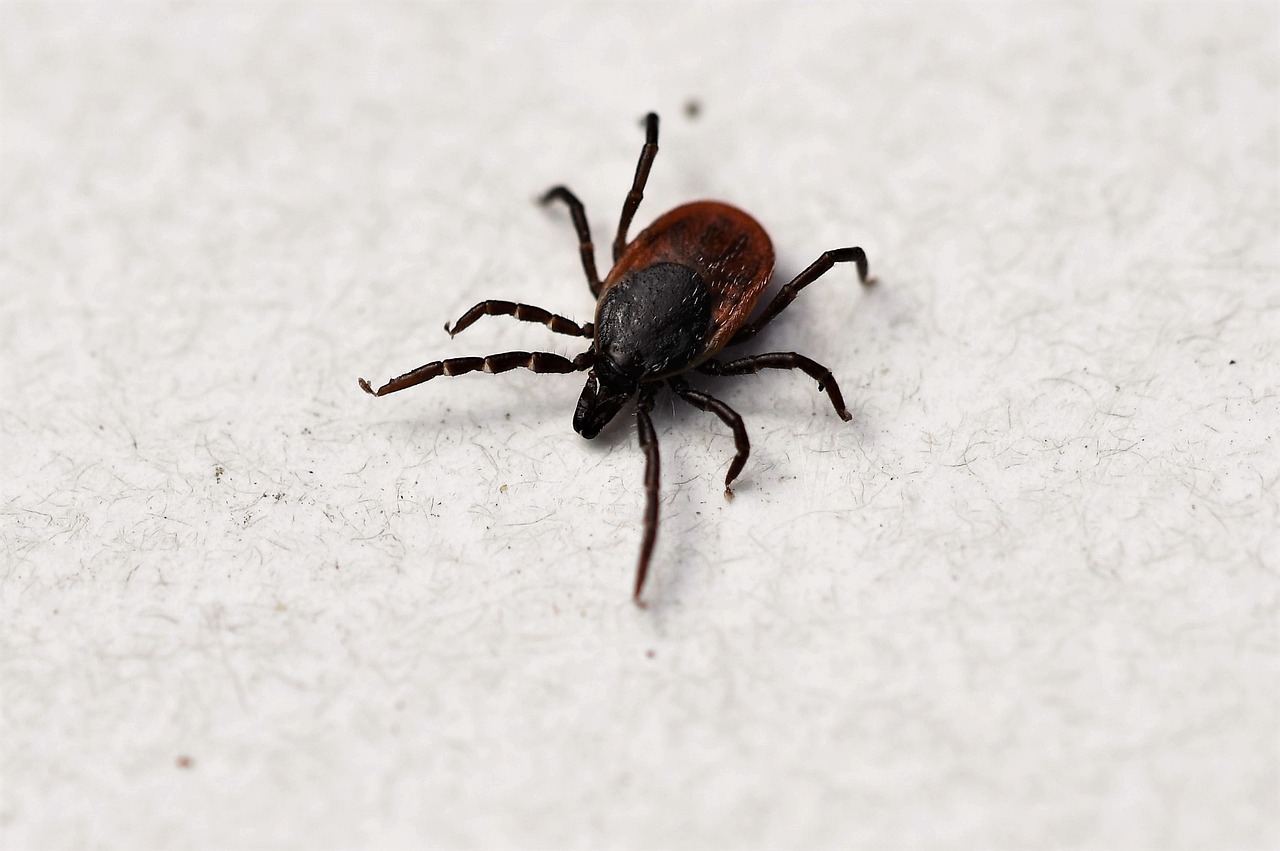
People spend more time outside as the weather gets warmer. This can include hiking or exploring one of the many great parks and trails in Chester County, camping outdoors, or even having an outdoor picnic with friends and family. However, the increased time spent outside means you have an increased chance of tick bites and being exposed to Lyme disease.
What is Lyme disease?
Lyme disease is one of several tick-borne illnesses and diseases someone can get from a tick bite. As the name suggests, a tick-borne disease is caused when someone gets bitten by an infected tick. Lyme disease is by far the most common tick-borne disease in the area, but several others have been reported in Pennsylvania, although they are uncommon. They include:
In 2022, the CDC reported over 63,000 cases of Lyme Disease in the United States. Since there are so many cases, providers are familiar with this illness's symptoms. Our AFC Urgent Care Willow Grove providers diagnose and treat patients with Lyme Disease annually.
What are Lyme disease symptoms, and how long do they take to appear?
For the most part, Lyme disease begins to show symptoms in stages. However, not all infected people will initially show signs, especially early-stage symptoms. The most common (and well-known) symptom is a rash that resembles a bullseye. However, not everyone infected with Lyme Disease will get a bullseye rash. Other early-stage symptoms of this disease include fatigue, fever, chills, headache, swollen lymph nodes, and joint stiffness. These symptoms can appear three days to 1 month after the tick bite.
70% to 80% of those infected with Lyme Disease will also get an EM Rash, also known as an erythema migrans rash. This rash can appear about a week after a tick bite but can appear as late as 30 days after the infection. It will slowly grow over several days and may reach a diameter of 12 inches or more. This rash can appear on almost any part of the body; however, it is rarely painful or itchy.
If left untreated and undiagnosed, symptoms of Lyme disease can appear 3 to 10 weeks after a tick bite. Symptoms in this next stage are often more widespread and serious. They include:
- Severe neck stiffness
- Severe headaches
- Loss of muscle tone resulting in a droop in the face
- Rashes appearing on other parts of the body
- Severe joint paint
- Severe joint swelling
- Shooting pains
- Numbness or tingling in the feet and hands
- Irregular heartbeat
- Dizziness
If any early or later-stage Lyme disease symptoms appear, you must speak with a provider at AFC Urgent Care Willow Grove. Early diagnosis and treatment can help improve your overall health outcome.
What treatments are available for Lyme disease?
It is vital to begin treatment for this disease as soon as possible. However, as there is more than one tick-borne illness, it is important for our providers to accurately diagnose the patient. Our providers will evaluate patients based on their history of exposure to ticks and symptoms, as well as, in some cases, a blood test to confirm an infection. Fortunately, most tick-borne diseases, including Lyme disease, come from bacteria. As such, they can be treated using antibiotics. The sooner a treatment can begin, the shorter the course of antibiotics.
What ticks are known carriers of Lyme Disease in Pennsylvania?
While Lyme Disease comes from ticks, not all ticks carry the bacteria. In fact, in Pennsylvania, there are 25 different species of ticks. While some are more common than others, the tick that carries Lyme Disease is the Ixodes scapularis, also known as the Deer Tick or the Black Legged Tick. As the name suggests, these ticks are most commonly found on deer, although they can jump to other animals and cause infections.
Deer ticks are dark brown and have eight legs. They are oval-shaped, do not have antennae, and grow to be 1/8 of an inch to 1/2 inch. They grow bigger as they fill with blood from the creature they're biting. Male deer ticks are darker in color with a white strip outside of their abdomen. Female deer ticks have lighter brown torsos that can turn rusty as they ingest blood and are two-toned in color.
Click here to view a helpful guide from Penn State about the four most common ticks, including deer ticks, you are likely to encounter in Pennsylvania.
What should someone do if they find a tick attached to them?
After spending a day outside, it may come as a surprise to find that a tick is attached to you. First, do not panic! It is not uncommon to have an uninvited passenger leave with you. Here's what you should do if you find a tick attached to you:
- Use tweezers to grasp a tick and pull it up steadily. Hold it as close to the skin as possible, and do not twist or jerk the tick. You want to try to remove it intact.
- Once removed, clean the area it was attached to with soap and water or rubbing alcohol.
- Do not smash a tick with your fingers; instead, flush it down the toilet.
- If you want to save the tick for testing, place it in a ziplock bag with a moist paper towel or cotton ball. NOTE: AFC Urgent Care Willow Grove does not test ticks for Lyme Disease.
- If you cannot remove the tick or it breaks during the removal process, come to AFC Urgent Care Willow Grove so our experts can remove it or any remaining pieces.
If I find a tick attached to me, does that mean I have Lyme Disease?
No, just because a tick has bitten someone does not automatically mean they have Lyme disease. You should monitor your symptoms and then contact AFC Urgent Care Willow Grove if symptoms begin to appear.
How can I prevent tick bites while spending time outside?
The best way to treat Lyme Disease is not getting it in the first place! Here are some tips to prevent tick bites while spending time outside. It takes a little extra prep work but can go a long way to preventing tick bites.
- Clothes -
- Long shelved
- Light colored
- Tightly woven fabric
- Tuck pants into socks or shoes
- Tick Repellent
- DEET
- Picaridin
- Oil of lemon eucalyptus
- Clothes can also be treated with 0.5% permethrin
- Post activity tick checks
- Clothing
- For pets, especially dogs, consult a veterinarian if you have concerns about ticks and Lyme disease.
- Ears, toes, eyes, groin, and under collar
- Showering
- Shower within 2 hours of coming indoors
- Washes off unattached ticks
- A good time to check for ticks
If you feel you may have symptoms of Lyme Disease or have a tick attached and cannot get it removed, come to AFC Urgent Care Willow Grove today. Our providers can check and diagnose you for Lyme Disease or assist with removing a tick. Our on-site lab can collect samples, if needed, for further analysis.


